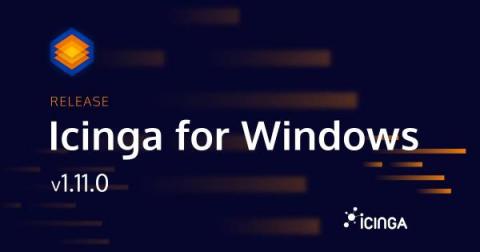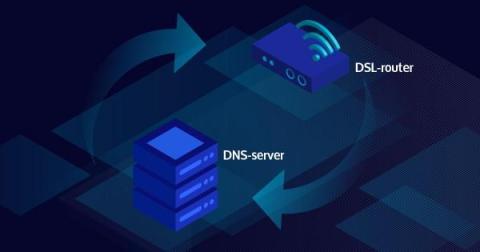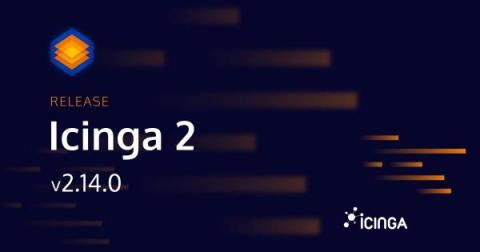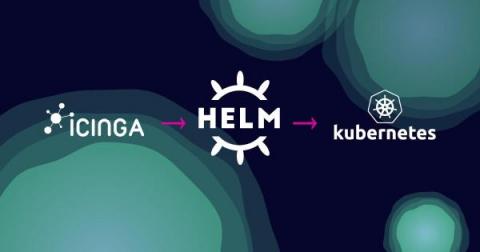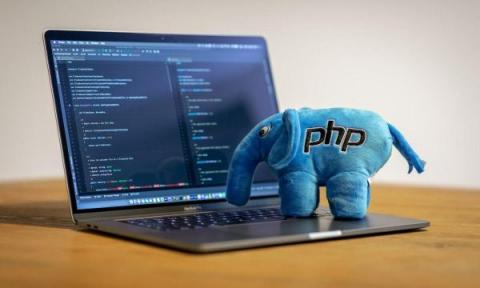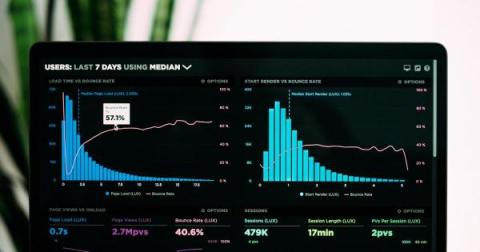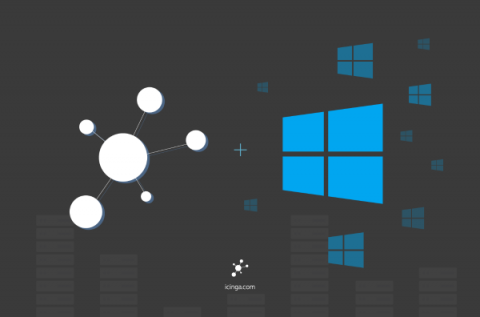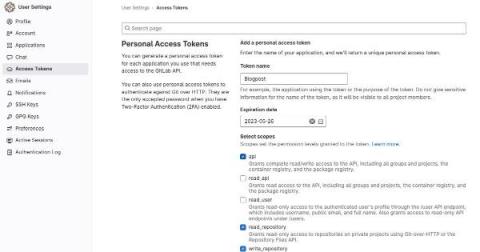Icinga for Windows v1.11.0 - It's finally here!
Today we are happy to announce that after many delays, re-writes, pushbacks and restructuring Icinga for Windows v1.11.0 is finally released! First, we would like to thank everyone for contributing feedback over the past month to track down issues and testing new integrations.


